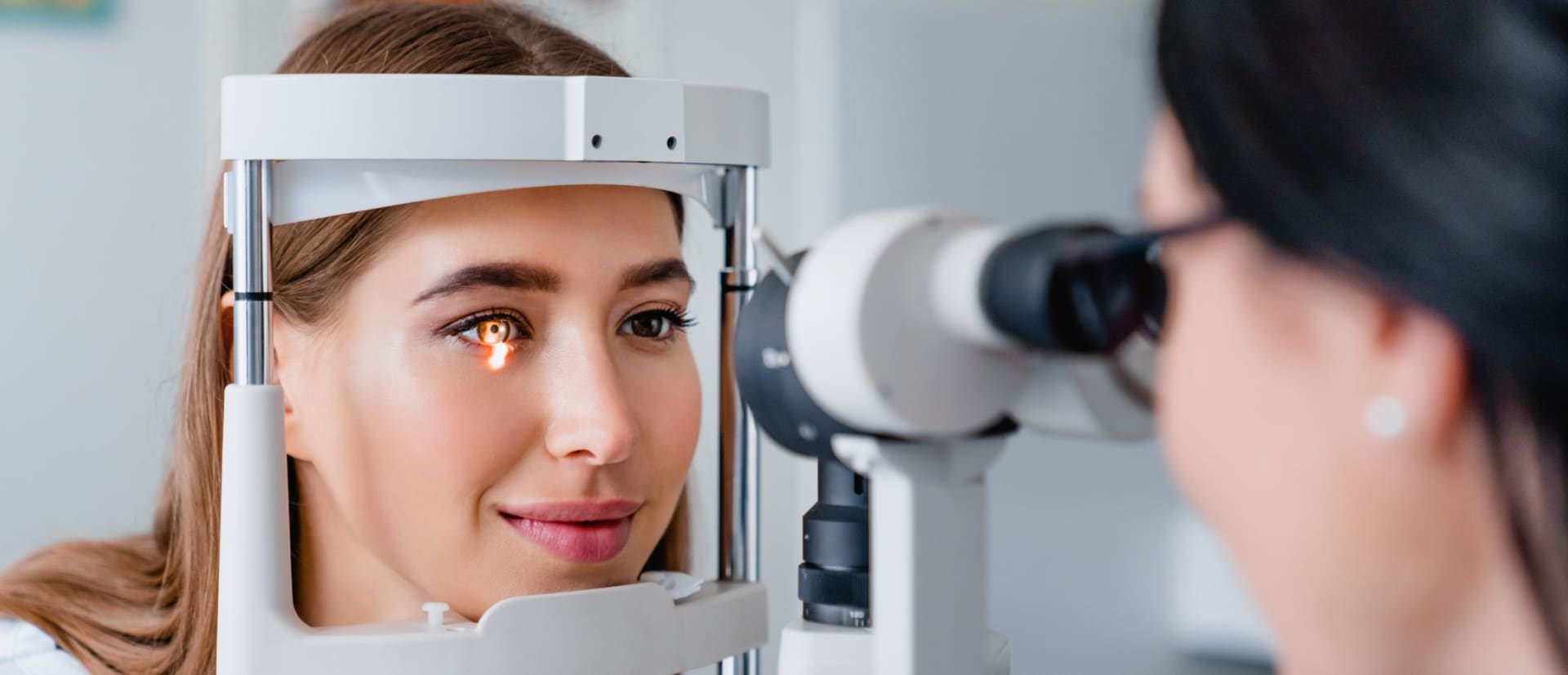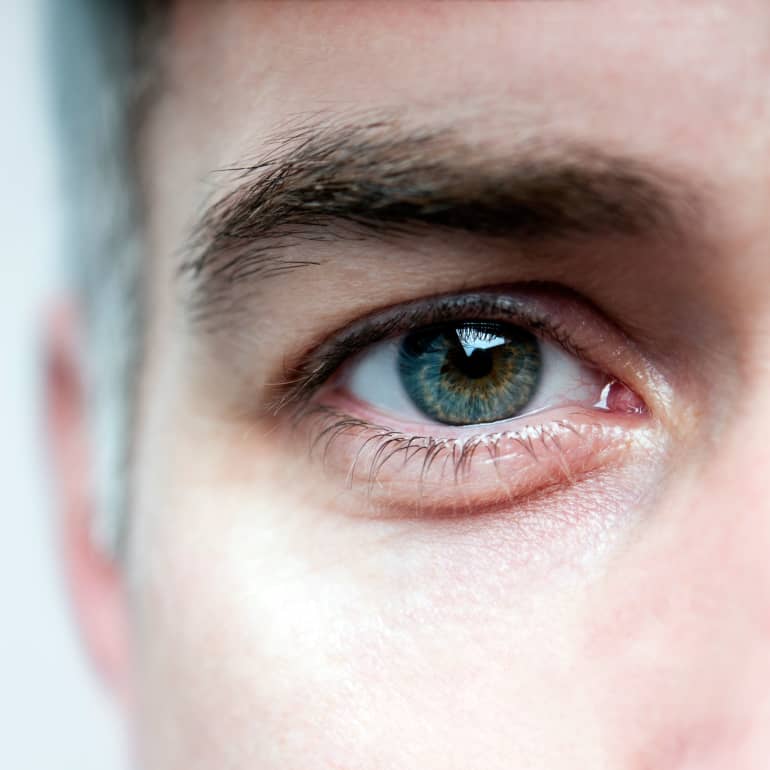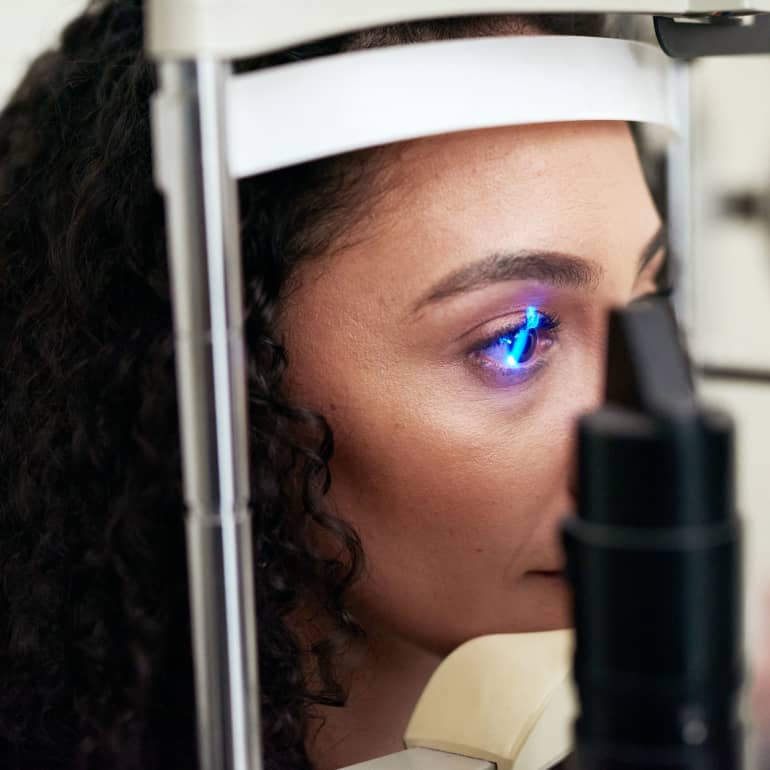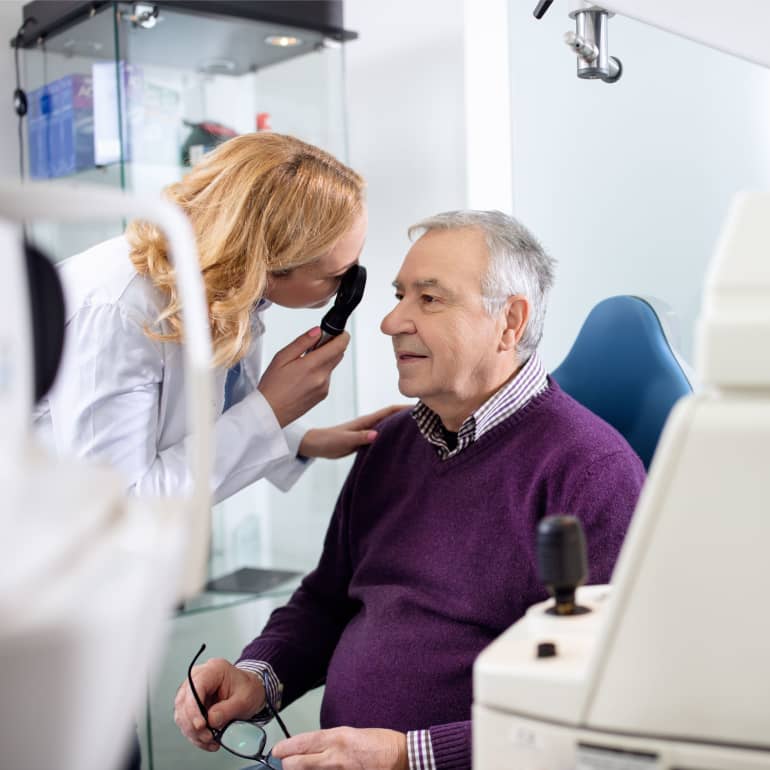How glaucoma occurs
When glaucoma occurs, there is a disturbance in the outflow of aqueous humour, which creates increased pressure on the optic nerve and leads to its permanent decline. It is a common disease which has led to blindness in more than five million people. This disease can appear at any age. It can also be congenital, i.e. present since birth, but it is most common in the elderly population.
Glaucoma often occurs without pronounced symptoms and warnings and gradually damages eyesight. Since it works quietly and imperceptibly, it is also called the silent thief of sight. Therefore, it is not surprising that its diagnosis is often missed until it reaches a state in which visual impairment is already clearly progressing and begins to affect quality of life. This underscores the importance of advancing knowledge and promoting awareness about glaucoma, alongside regular ophthalmic examinations, as primary directives for disease prevention and the maintenance of eye health.









